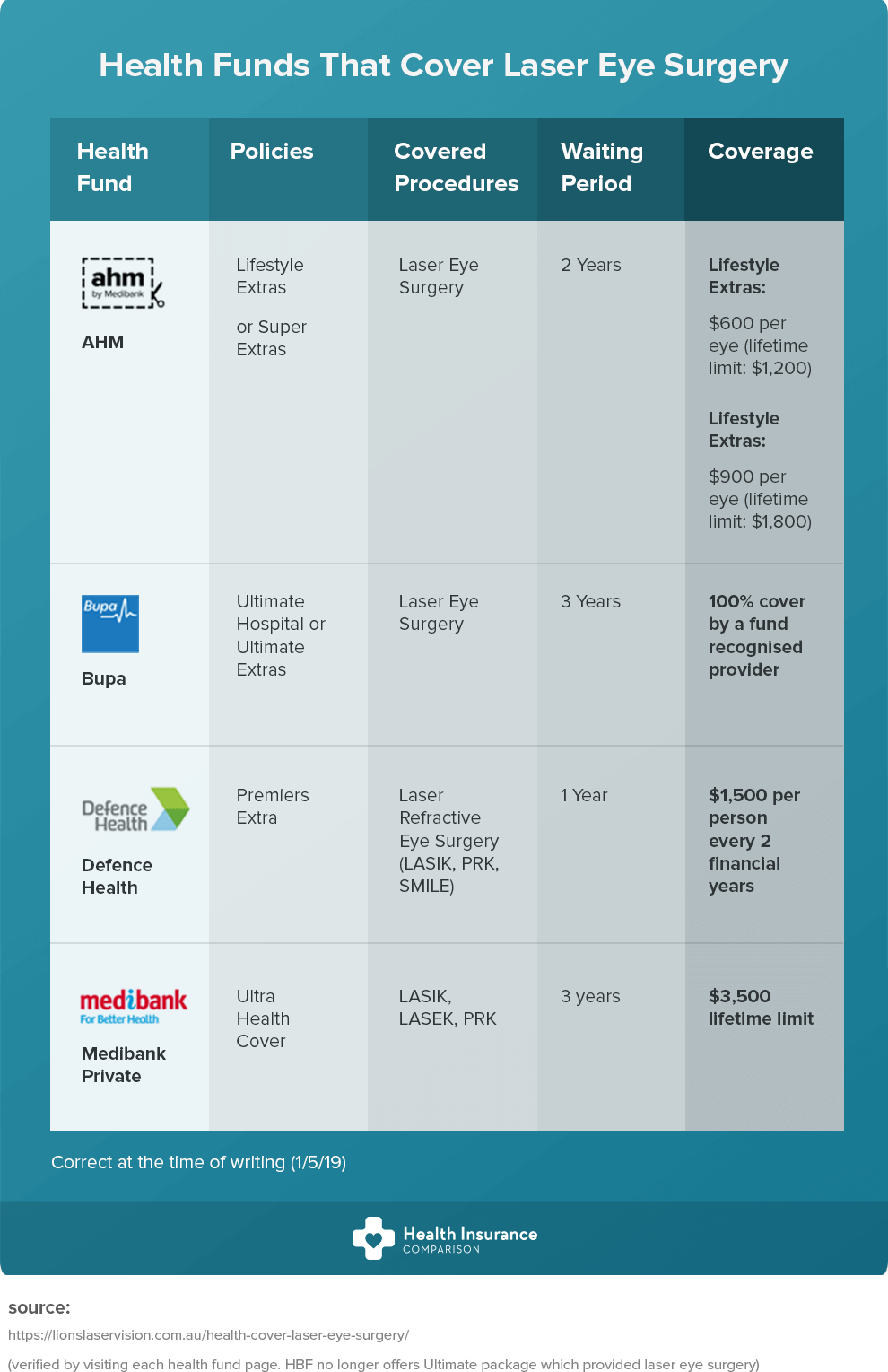Do You Have A Passion In Discovering The Historic Origins And Modern Growths In Glaucoma Treatment Approaches?
Do You Have A Passion In Discovering The Historic Origins And Modern Growths In Glaucoma Treatment Approaches?
Blog Article
Web Content Writer-Buck Lassen
Did you know that the development of glaucoma therapy approaches covers centuries, incorporating both traditional remedies and innovative advancements? From ancient natural mixtures to sophisticated Minimally Invasive Glaucoma Surgery techniques, the range of choices is substantial. As you look into the ins and outs of traditional versus innovative methods, you may reveal unusual insights that challenge standard point of views on treating this common eye condition.
Historical Advancement of Glaucoma Treatments
The historical evolution of glaucoma therapies dates back to ancient civilizations where different remedies were used to manage the condition. In old Egypt, for example, treatments included a mix of honey, fat, and sour milk applied to the eyes. The Greeks and Romans also added to very early glaucoma therapies with a concentrate on topical applications and nutritional interventions. Throughout background, varied societies established distinct methods to relieve the signs of glaucoma, frequently rooted in herbal treatments and superstitions.
As time advanced, developments in clinical understanding led to even more methodical strategies to dealing with glaucoma. Between Ages, Arabic scholars made significant contributions by studying the anatomy of the eye and establishing medical methods to attend to eye conditions. These very early advancements laid the structure for modern glaucoma treatments that we've today. Comprehending the historical context of glaucoma therapies supplies useful understandings into the continuous progress and improvement of medical techniques over the centuries.
Comparison of Conventional Methods
In comparing conventional approaches for treating glaucoma, take into consideration the historical contexts and performance of different remedies.
Typical treatments for glaucoma have evolved over centuries, from ancient practices like utilizing honey and red wine to much more recent advancements such as eye declines and surgical procedures. Historically, solutions like the application of leeches or herbal mixtures were made use of to relieve symptoms, but their efficiency was limited.
As which type of cataract surgery is best proceeded, methods like iridectomy, where a part of the iris is gotten rid of, ended up being preferred for reducing intraocular pressure. Some standard methods, like utilizing dental drugs to reduce eye pressure, have stood the test of time and are still used today. Nevertheless, these therapies often feature adverse effects and may not be as reliable as modern-day options.
It's essential to consider the historical significance of traditional glaucoma treatments versus their efficacy in the context of present clinical innovations.
Examination of Ingenious Treatment Strategies
Considering the advancing landscape of glaucoma treatment, cutting-edge approaches are changing the means this eye condition is managed.
One noteworthy innovation is minimally invasive glaucoma surgical treatment (MIGS), which offers a less invasive alternative to standard surgeries. https://www.optometrytimes.com/view/when-patients-with-dry-eye-want-keratorefractive-surgery intends to lower intraocular stress by boosting the eye's natural drain system, bring about less complications and faster recovery times compared to conventional surgical procedures.
Furthermore, the growth of sustained-release medication distribution systems has actually given a much more efficient means to carry out glaucoma drug. These systems can launch drug gradually over a prolonged period, enhancing client adherence and minimizing the frequency of eye decreases.
Moreover, arising modern technologies like selective laser trabeculoplasty (SLT) use a non-invasive choice for decreasing intraocular stress by targeting certain cells in the eye's drain system.
Final thought
As you assess the advancement of glaucoma treatments, you can see how traditional techniques have paved the way for ingenious methods to arise.
From ancient treatments to modern advancements, the trip of treating this complex eye problem has resembled a rollercoaster adventure.
But with new methods like MIGS and sustained-release medicine distribution, the future appearances brighter than ever before for patients looking for effective and less intrusive services.
